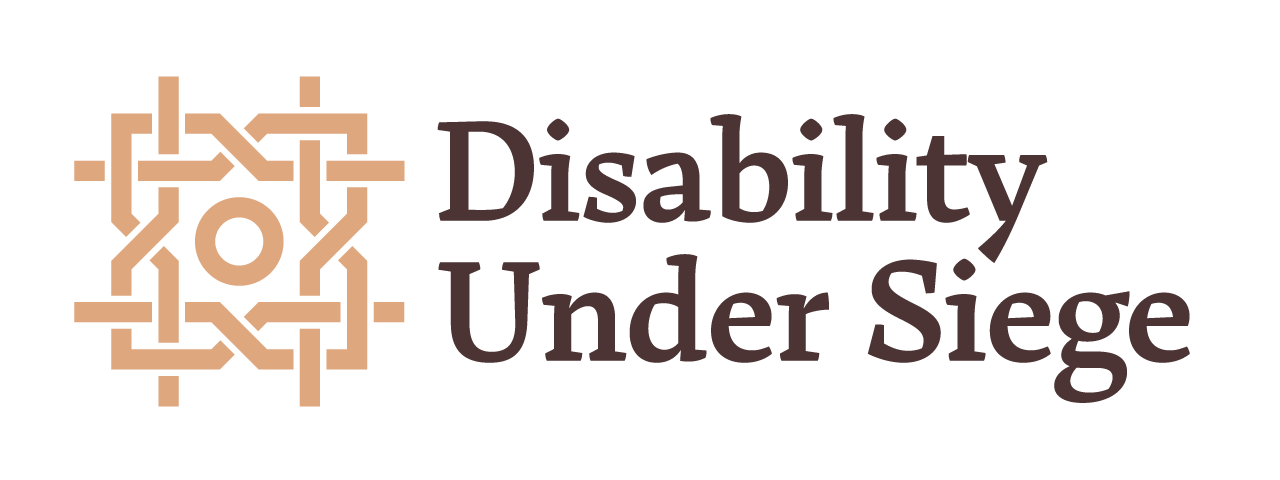Project Outline
In accordance with global and national calls Jordan’s government has been heavily investing in projects to promote inclusivity. A small pilot project in Jordan with non-disabled students has shown there is still a prevalent narrative of disability that excludes and ‘others’ disabled persons. To counter this view this project will bring disabled and non-disabled youth together through conversation and art.
Students with disabilities will engage in a week of photovoice activities documenting their lived experience, while students without disabilities will share their understanding of disability through a workshop. The two groups will then come together in conversation to share and disrupt the current narrative surrounding disability in Jordan.
This research will answer the following questions;
- What is the lived experience of youth with intellectual, physical and learning disabilities in Jordan?
- How do non-disabled youth define and understand disability in their communities?
- How can dialogue between youth with disabilities and their peers alter perceptions and increase acceptance?
The information gained through this project will be disseminated through a multimedia art show to create conversation in the larger Amman community and among education policy makers, with youth being the leading advocates.
Project Objectives
The aim of this project is to give a platform to youth with disabilities in Amman to share their stories while disrupting the assigned labels youth without disabilities and adults often attribute to them. Interdisciplinary methods of data collection that foreground the experiences of disabled youth will drive this research and the broader public conversation.
Pilot studies conducted by the co-investigators demonstrated that non-disabled youth frame individuals with disabilities as helpless, sick and objects of pity. In order to make meaningful attitude changes we aim to bring together disabled and non-disabled youth in a structured conversation. This will be guided by narratives collected through the photovoice project and in-school workshop.
The cumulative results of the photovoice project, workshops and focus-group conversation will be curated in a public art show. Our hope is that the exhibition will have a broad impact on the attitudes and beliefs of the community using the words of both disabled and non-disabled youth to create a mirror of larger societal norms. The art exhibition will be created with the students to highlight both physical and social barriers to inclusion in their communities.
We believe this project is squarely in line with the Disability Under Siege Network’s broader aims and objectives. Through a global partnership that marshals the resources of the University of Birmingham’s new Dubai campus and creates a network with Jordanian academics and organizations this project will contribute to new research methodologies and create transformational opportunities for people with disabilities. More than just impact in academia, this research aims to open a broader conversation between disabled, non-disabled youth and their communities. Utilizing Jordanian based artists and galleries we will create an impactful exhibit to disrupt the narrative about disabilities in Jordan.
Given the existing artist communities already developed by the Disability Under Siege Network in Palestine and Lebanon the process and methodology developed by this project can contribute to future work in multiple regional locations.
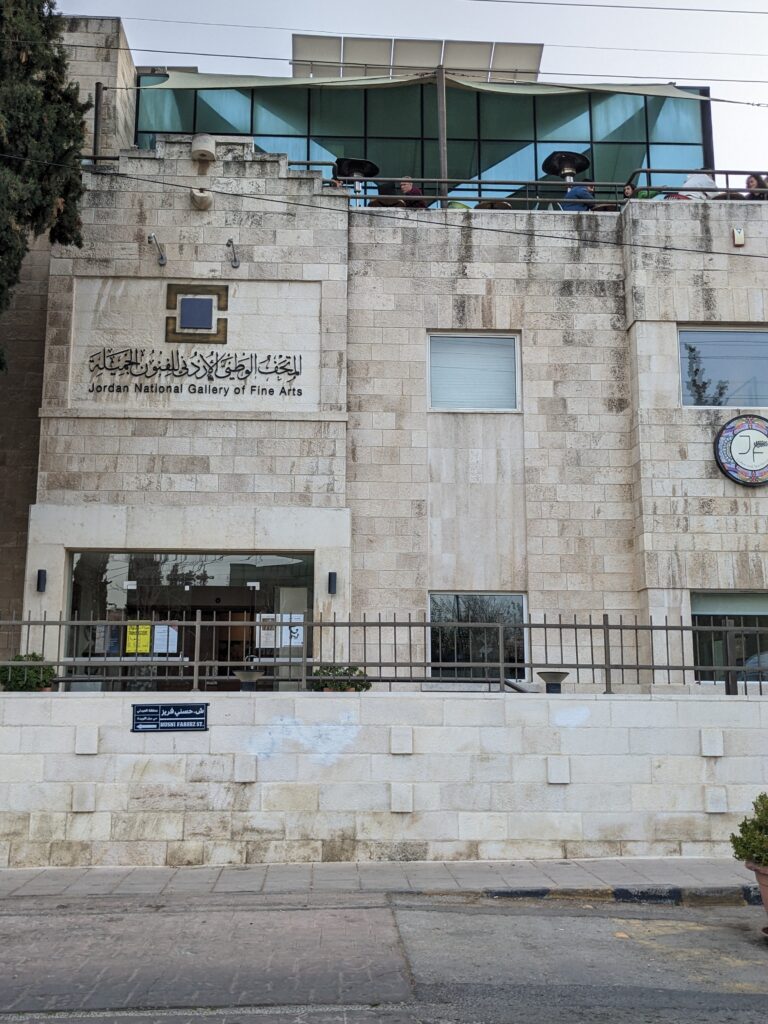
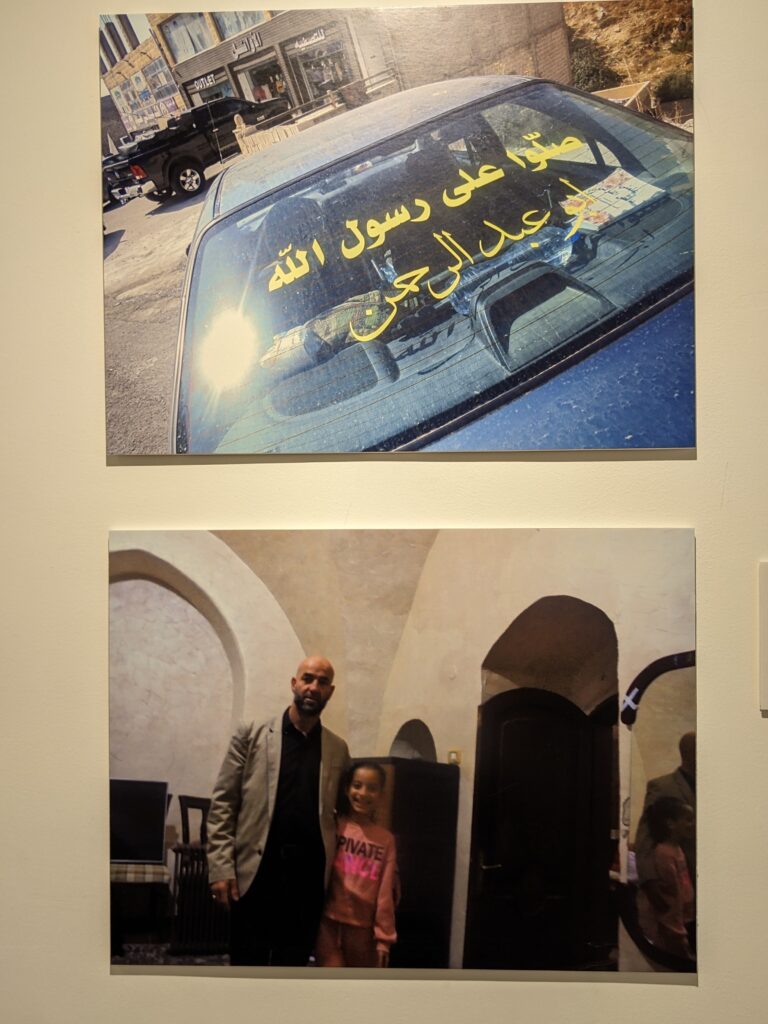
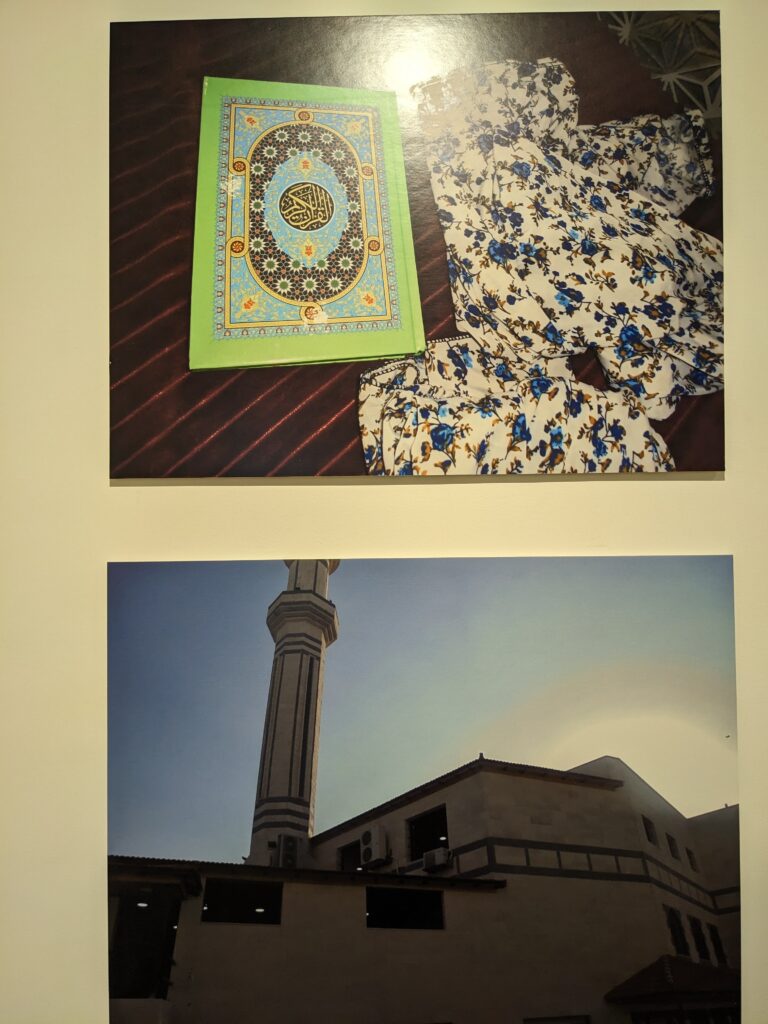
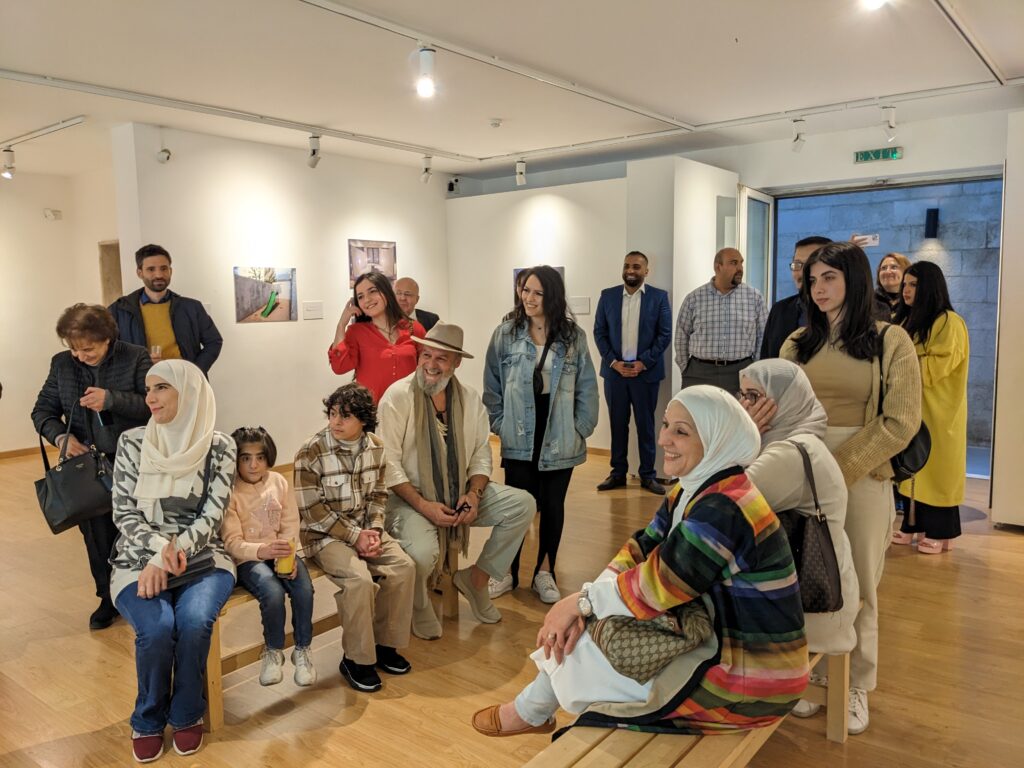
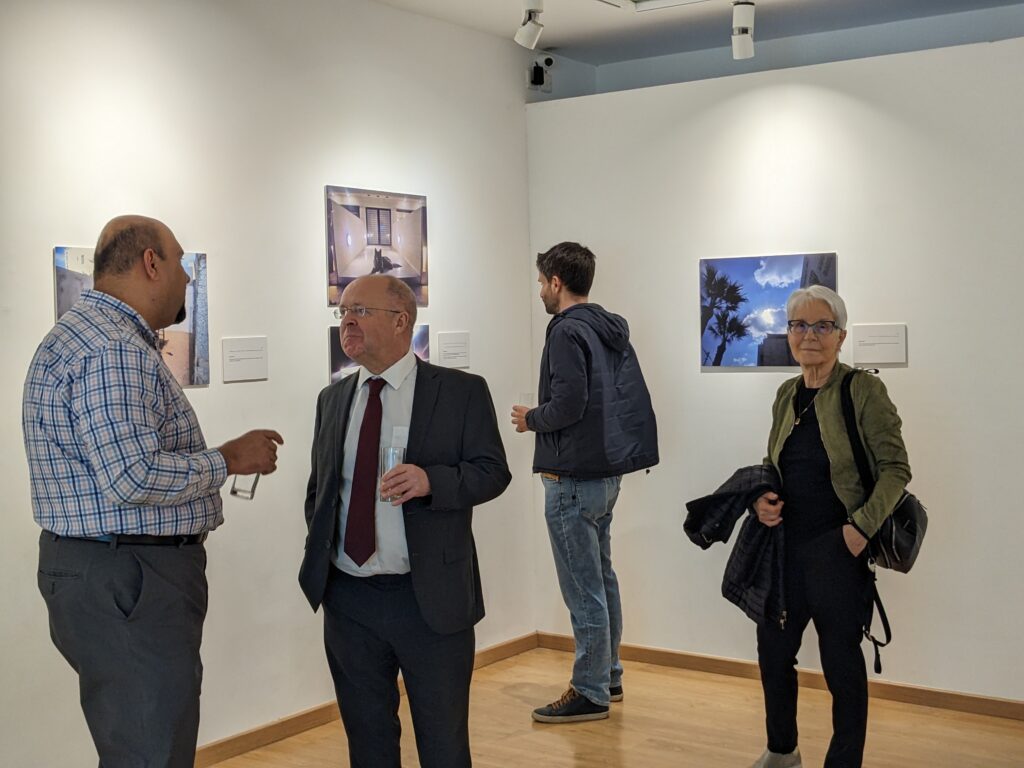
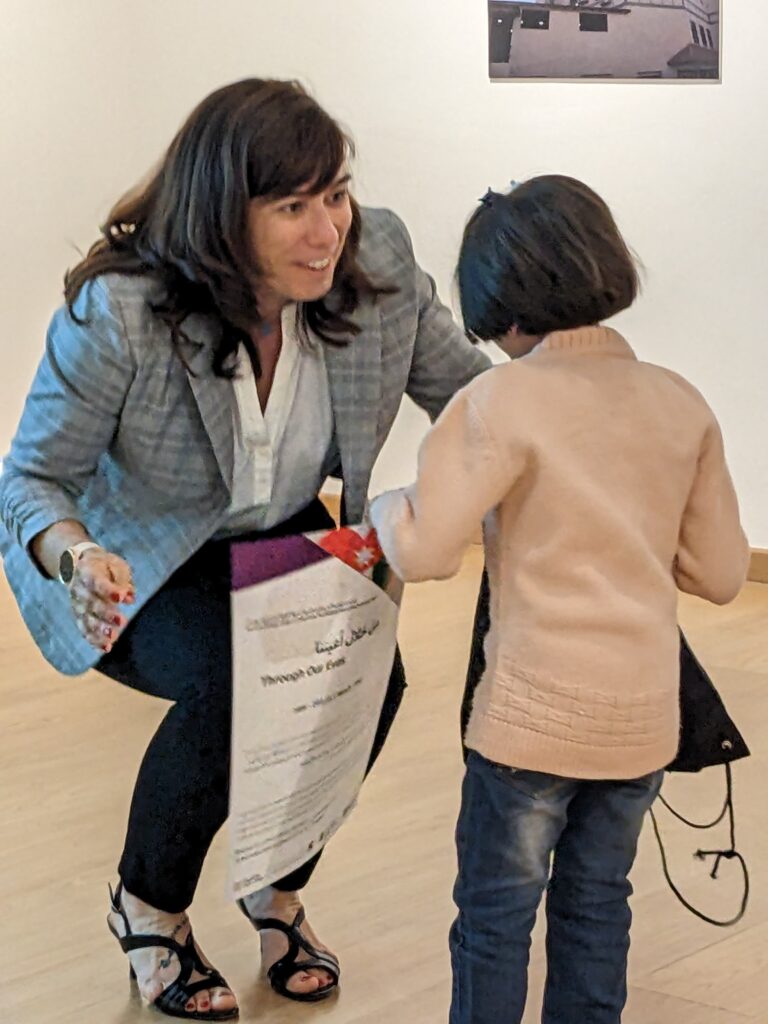
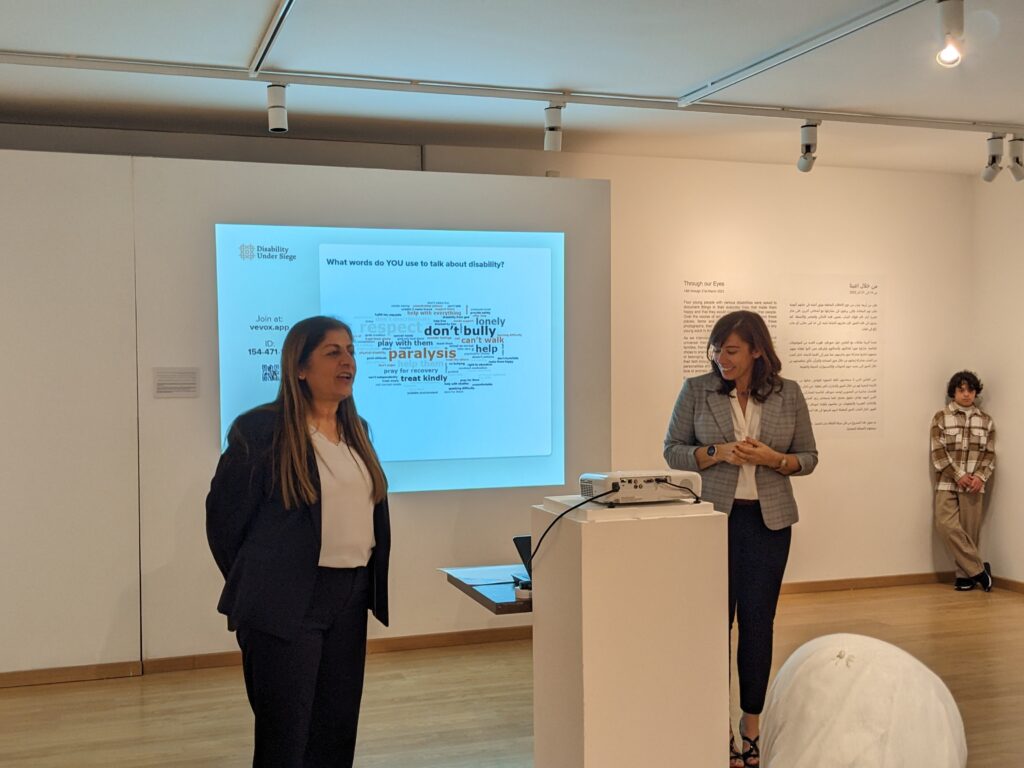
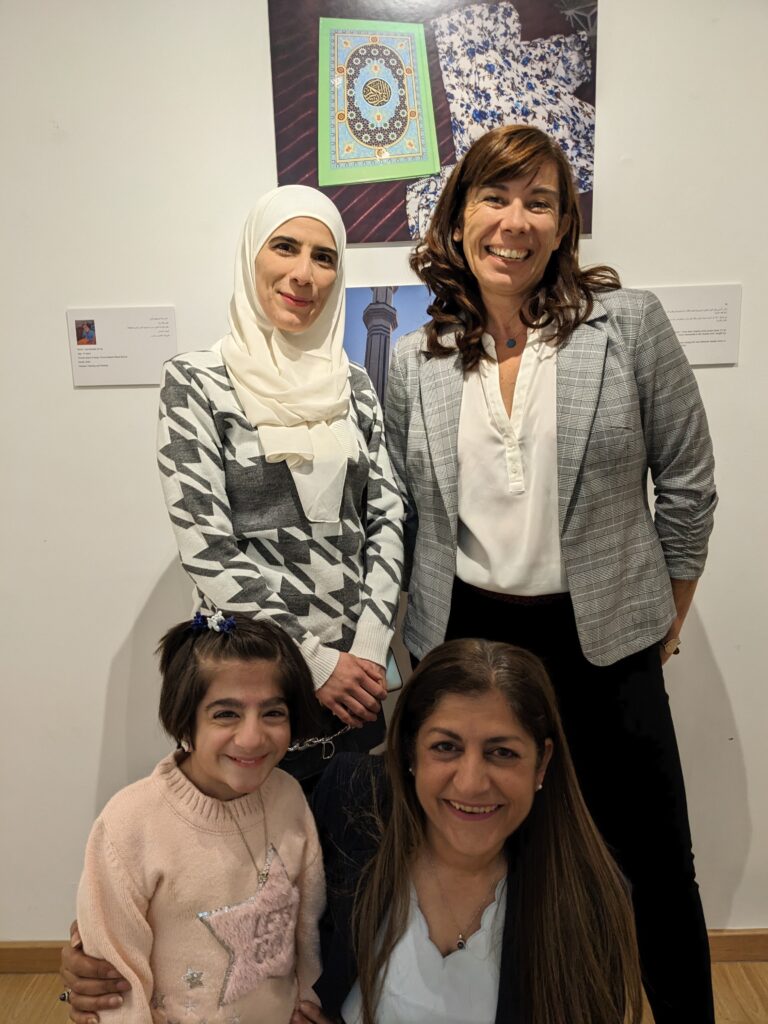
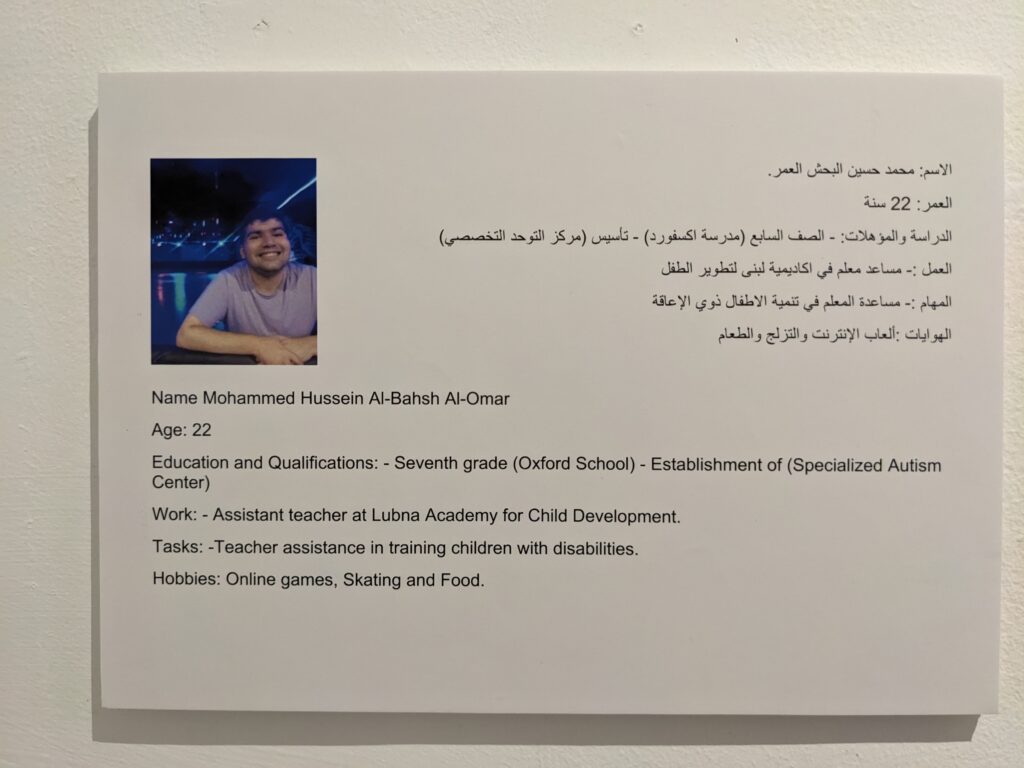
Impact follow-on funding
| Photovoice (original Art Advocacy project) Using photovoice research methodology, this project aimed to provoke reactions and disrupt traditional ways of constructing disability in Jordanian society. Five disabled youths in Amman shared their lived experiences at a photography exhibition at the Jordan National Gallery of Fine Arts. To promote discussion of disability rights with a wider audience in Jordan, student photos were accompanied by a word cloud that was created by non-disabled youth. Their shared thoughts about disability created a sense of helplessness, charity, and pity for youth with disabilities. Visitors to the multimedia exhibit were encouraged to add their ideas about disability to the word cloud during the show, hoping to change the dominant themes in the project from pity to affirmative. At this gallery show, many of the current participants and founding members of the community of practice met. The value cycles produced in this stage included immediate, potential, and realized, as well as overarching strategic and enabling value. Students and their parents were able to come together with other youth and families with shared experiences, and it provided a supportive avenue to explore identity and ability. This immediate value is readily apparent in many art and disability projects (Bonati & Andriana, 2021; Malley & Silverstein, 2014; Sulewski et al., 2012). For parents and young people who are often excluded in their own families or communities, it is an empowering opportunity that also holds potential value for future vocations or connections to institutions that provide more support. The further value-creation through the photovoice project occurred for the researchers, organizations, and individual exhibition patrons as a part of an ongoing loop that involves the leaders and founders of the disability arts movement in Amman. Boundless Expressions (an extension of the original project) The photography exhibition introduced several separate ‘nodes’ or members of the extended arts network during the creation of and public opening. These nascent relationships grew into the leadership necessary to ground the movement in the local community, demonstrating enabling and strategic value creation during the original exhibition. Following the photovoice project, additional funding was secured to extend the impact and further develop arts initiatives for youths with disabilities. As a part of this funding extension, the Jordanian and Palestinian community leaders who were committed and eager to work on future initiatives participated in a professional development workshop with Bev and Etienne Wenger-Traynor at their Social Learning Lab. The participation in a four-day workshop increased individual abilities to bring people and organizations together across boundaries in a community of practice. These leaders were then responsible for developing and running a large summit in Amman and committed to leading the movement as it grows. In partnership with the British Council in Jordan and the Jordan National Gallery for Fine Arts, the Art Advocacy project continued supporting inclusive art opportunities through Boundless Expressions: Unveiling Creativity in Diverse Abilities. Youth with intellectual impairments, neurodiversities, and physical disabilities received art instruction from renowned Jordanian artists in the mediums of ceramics, music, drawing, painting, and theatre. The goal of this extended project was to support older youth with disabilities who were experiencing mental health challenges related to isolation and bullying, through a creative outlet. In addition, by inviting non-disabled teaching artists to run the workshops organizers hoped to challenge ableist beliefs about disability in the wider community through training and reflective sessions. Five teaching artists from the various disciplines joined over three months to run the workshops after participation in a full-day disability-awareness training initiative grounded in disability studies. Of those artists one is now engaged in ongoing collaboration with artists with disabilities and all five have joined the Arts & Disability community movement. The Boundless Expression workshops created immediate value that cycled into other values. Like the students and parents in the original Art Advocacy initiative youth and their parents experienced immediate value but also enabling value as the workshops developed self-esteem, social opportunities and demonstrated capabilities. The non-disabled teaching artists demonstrate how immediate value can feed into a transformative, applied, and realized within the same value cycle. Their understanding of disability has been influenced by the training, interactions with youth, and reflection sessions to construct a new definition of disability. This was carefully constructed to ensure their training and involvement was not a one-time incidence but was sustained. All artists were mentored by a disability expert for the duration of the project, with some of the artists providing support to those who had not yet met the youth participants. All of the teaching artists also attended the Arts and Disability Summit after their required taught sessions, demonstrating their commitment to changing practices and the development of an identity tied to the larger community. Arts and Disability Summit (November 2024) The culminating activity of this first cycle of work was an Arts and Disability Summit in Amman during the fall of 2024. This had originally been scheduled for October 2023, but due to the genocide in Gaza was postponed past the funding date of the project, so using the network created through the original pieces of work the British Council supported with the funding. This Summit encompasses the multitudes of value-creation within a single learning opportunity but is also part of the larger movement. It represents a broadening of the community of practice by bringing together multiple stakeholders for a two-day summit that engaged in landscape mapping, sharing of practices and the development of a leadership council. Attendees ranged from practicing artists with disabilities to directors of special education centers, filmmakers, and gallery owners. Most attended for both days, and everyone stayed late each afternoon to continue conversations. During the final session, each person made commitments for the coming 3- 6- and 12-month periods. Summit The leaders of the arts and disability community demonstrate how the potential for change slowly comes into focus through collective and individual learning journeys. Their experiences both as participants in the different art advocacy initiatives but also the communities of practice workshop in Portugal have transformed their sense of identity and their actions as conveners, facilitators and advocates. The bonds formed between these leaders have ensured that they are individually and collectively working towards more inclusivity in the arts within the Levant, be that through small changes that have big impact or creating blueprints for the whole region. The complexity of value creation can be seen in this story as they anticipate acting as catalysts for producing value-creation while also reflecting on the changes they have undergone over the past three to four years. These leaders are demonstrating the capacity to hold both potential and transformative value at the same time. The Arts and Disability Summit represents realized value as a summative activity from the regional leaders but, it also demonstrates the cyclical nature of social learning. The Summit participants all acknowledge the immediate value of connecting and participating in an activity with like-minded people. However, as each individual continues to reflect on the sessions, meet their commitments and has opportunities to implement what they have learned the value-creation will continue to emerge. This highlights the cycle of value creation as a complex and iterative process when building social movements. |
